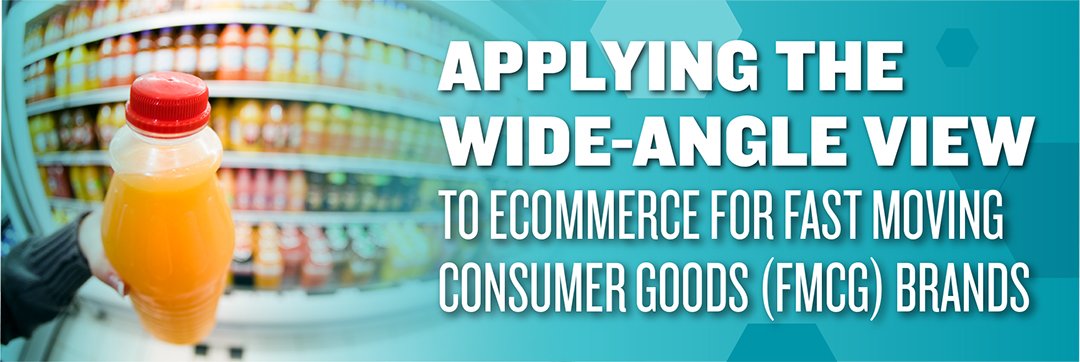
In late 2017, Nielsen explained that online FMCG channels were less than ten percent of the total global retail market. However, as explained in “A Look at the Evolving Ecommerce Landscape,” the ecommerce sector grew so fast that it represented almost all of the gains across both online and offline combined.
This has generated a significant amount of conversation with clients during the last year. FMCG growth rates can’t even begin to match the rest of retailing. The overall concepts of assortment, pricing, and merchandising—that made FMCG great in offline—don’t need to be different for a winning strategy online.
As syndicated data sources become more reliable (see the exciting work being done by the Information Machine API,) shopper response analytics will become more available to explain the dynamics of choice in a multichannel setting. The wide-angle view has expanded, but Middlegame still references the market from the shopper perspective. From that vantage point, brands have to define a new series of the need states associated with the online channels. Management at Dr Pepper explain this as a factor in the recent Keurig merger.
In the same way that category management organizes stock up or scavenger hunt trips offline in a 50.000 square foot store, needs state management organizes the online experience in a couple of minutes on the six-inch touchscreen of a smartphone.
Need states are defined by similar groups of shoppers as opposed to category management’s focus on related groups of products. These shopper groups are alike because the occasion of their online experience is driven by specific product benefits and subsequent attributes. When I worked for Mary Minnick at The Coca-Cola Company, she expressed need states as primal goals that satisfy thirst, good health, or beauty. Shoppers move in and out of need states at the speed of a digital swipe. They don’t require a carefully designed planogram to focus their attention to the correct recruitment, frequency, upsize, or upscale item. Products are still important, but they are instead organized in a different fashion. Unlike category management, we need to accept that a given Stock Keeping Unit (SKU) could float between different need states.
Specifying the need states online is more difficult than defining the categories for the bricks and mortar stores. However, once the need states are in place, the “long tail”of almost unlimited shelf space—commonly associated with ecommerce—is far less of a struggle. Concepts such as incrementality and transferred demand (from assortment) immediately have a place online.

Middlegame is the only ROMI consultancy of its kind that offers a holistic view of the implications of resource allocation and investment in the marketplace. Our approach to scenario-planning differs from other marketing analytics providers by addressing the anticipated outcome for every SKU (your portfolio and your competitors’) in every channel. Similar to the pieces in chess, each stakeholder can now evaluate the trade-offs of potential choices and collectively apply them to create win-win results.
